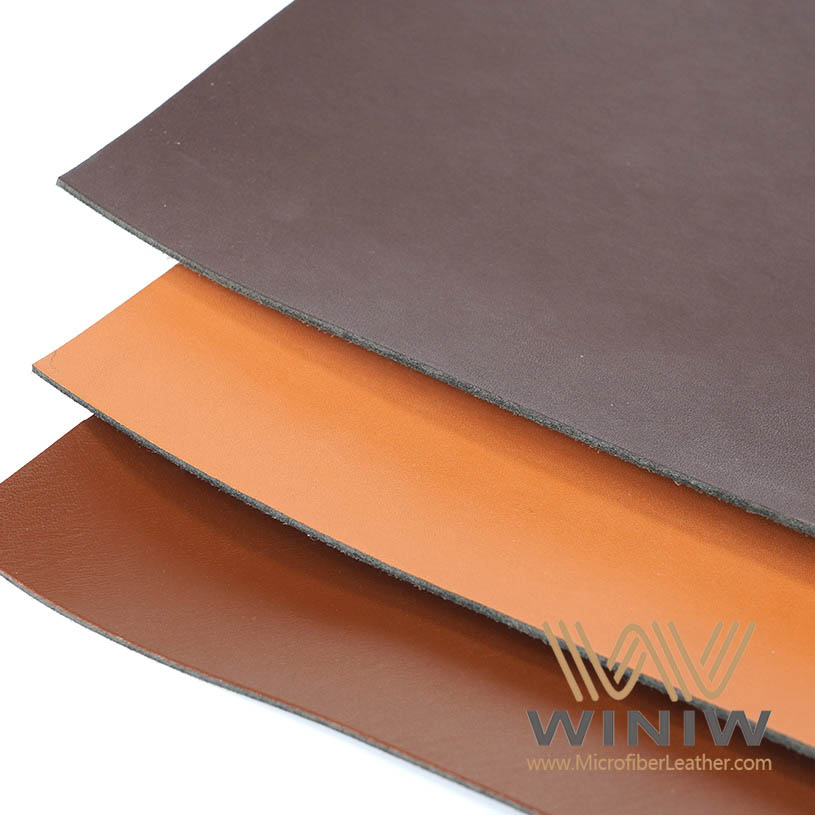
Consumers notice clear differences between vegan belts and traditional leather belts. Material choice affects durability, cost, comfort, and style range. Surveys show that people often compare these belts based on several important factors:
|
Factor |
Leather |
Synthetic |
|---|---|---|
|
Durability |
High |
Medium-High |
|
Cost |
High |
Low-Medium |
|
Style Range |
Formal to Casual |
Casual to Semi-Formal |
|
Maintenance |
Moderate |
Low |
|
Eco-Friendly |
Low (unless sustainable) |
Low |
|
Comfort |
Improves with age |
Medium |
|
Lifespan |
10-15+ years |
3-7 years |
Buyers can match their choice to their values and daily needs. For many, the decision comes down to how the belt aligns with personal beliefs and lifestyle.
Vegan belts use synthetic materials like PU and PVC, while traditional leather belts come from animal hides.
Vegan belts are generally more affordable, costing around $6.67, compared to $16.08 for cowhide belts.
Vegan leather belts typically last 2 to 5 years, while traditional leather belts can last over a decade with proper care.
Choosing vegan belts supports animal welfare, as they do not involve animal products or byproducts.
Vegan belts offer a wide range of colors and styles, making them versatile for casual and semi-formal occasions.
Traditional leather belts develop a unique patina over time, adding character and depth to their appearance.
Both types of belts have environmental impacts; vegan belts can contribute to plastic pollution, while leather production is resource-intensive.
Consider personal values and lifestyle needs when choosing a belt; vegan options suit those prioritizing ethics, while leather offers durability and classic style.
Vegan leather belts use a range of materials. Most synthetic belts rely on plastic-based substances, which makes them less expensive to produce than animal leather. The most common materials include:
Polyurethane (PU)
Plant-based alternatives such as cork and apple leather
Synthetic belts made from PU and PVC dominate the market. These materials offer a smooth, uniform appearance. Some brands use plant-based options like cork or Piñatex, which comes from pineapple leaf fibers. These alternatives appeal to buyers who want more eco-friendly choices.
Manufacturers create vegan leather by layering or coating fabric with synthetic or plant-based materials. PU and PVC belts start with a fabric base, then receive a plastic coating. This process gives synthetic belts their signature look and feel. Plant-based belts use fibers from sources like cork or pineapple leaves, pressed and bonded to form a sturdy surface.
The manufacturing process for synthetic belts allows for a wide range of colors and textures. Faux leather belts can mimic the look of animal leather or display unique finishes. Recycled materials, such as polyester or rubber, also appear in some vegan leather belts, reducing waste and supporting sustainability.
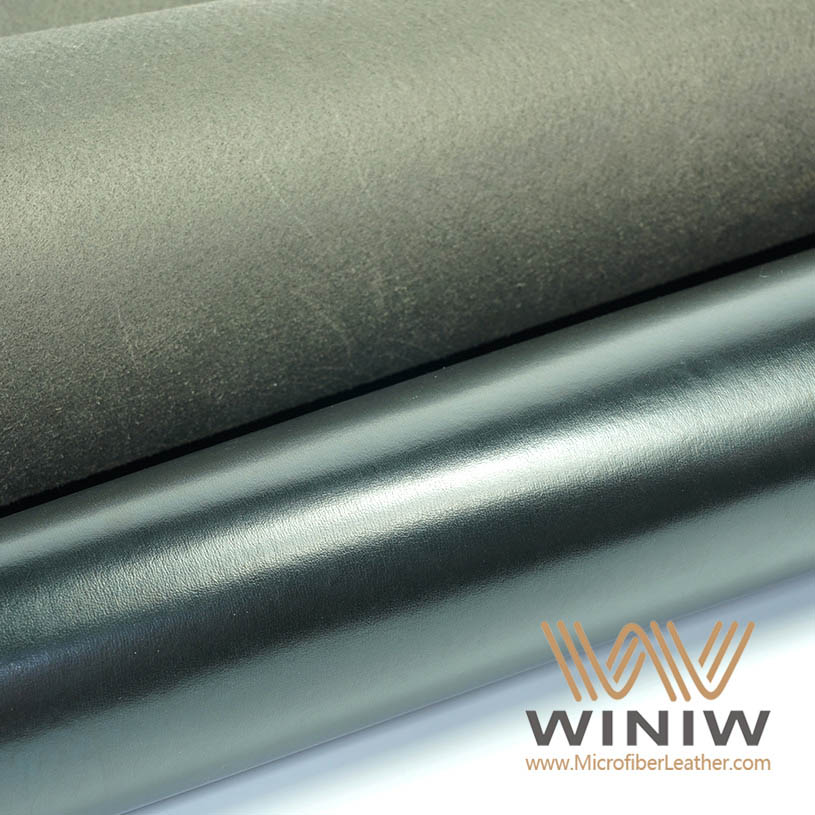
Traditional leather belts use animal hides. The most common source is cowhide, valued for its strength and reliability. Other animal leathers include:
|
Leather Type |
Characteristics |
|---|---|
|
Cow |
Sturdy and reliable, common for everyday products like belts. |
|
Buffalo |
Higher tensile strength, grainier texture, used in bags and clothing. |
|
Deer |
Soft, typically used for gloves and moccasins. |
|
Elk |
Thicker than deer, used in traditional attire and bags. |
|
Sheep |
Smooth texture, warm wool, popular in apparel. |
|
Pig |
Soft, uneven texture, thinner, waterproof, good for wet environments. |
|
Goat |
Soft, used for handbags and clothing, less sturdy than cowhide. |
Leather belts require several steps. Tanners treat animal hides with chemicals to prevent decay and improve durability. The process includes cleaning, tanning, dyeing, and finishing. Each step affects the final texture, color, and strength of the belt. Traditional leather develops a patina over time, which many people find attractive.
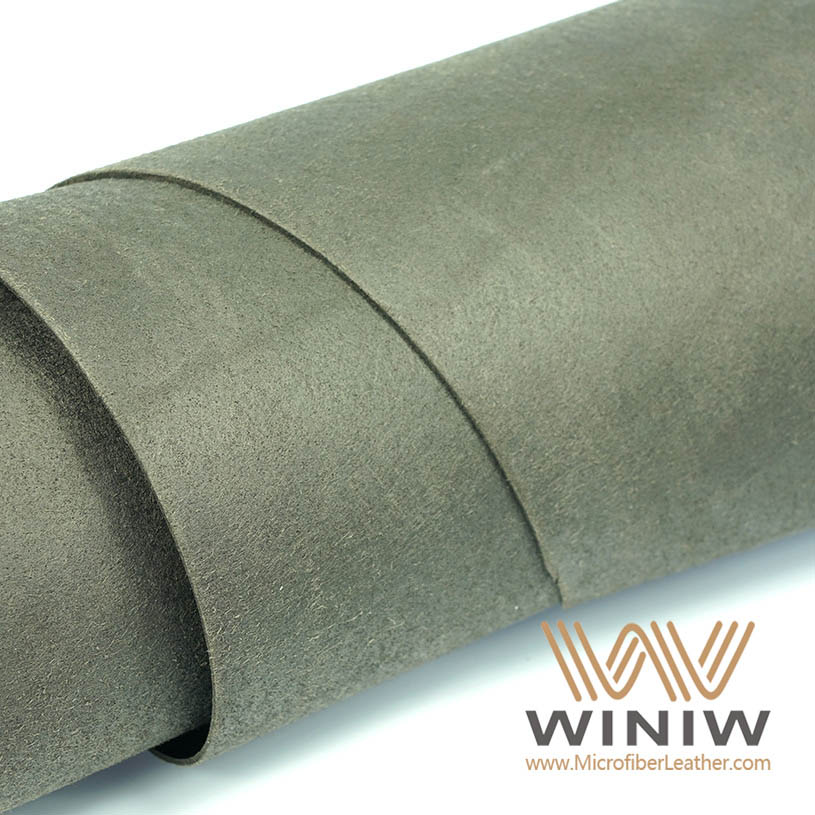
A comparison chart helps highlight the main differences between vegan leather and traditional leather materials:
|
Material Type |
Vegan Leather (PU/PVC) |
Traditional Leather |
|---|---|---|
|
Durability |
Varies, generally less |
High |
|
Feel |
Smooth, synthetic |
Natural, textured |
|
Environmental Impact |
Lower (varies by type) |
Higher (animal farming) |
Synthetic belts often feel less breathable than animal leather. Vegan leather belts may not soften or mold to the body in the same way. Traditional leather offers a natural texture and improves with age. Synthetic belts, while affordable and available in many styles, usually have a shorter lifespan.
Note: Buyers should use a comparison chart to weigh the pros and cons of each material. Vegan leather belts offer a budget-friendly and ethical option, while traditional leather provides classic style and long-term durability.
Vegan leather belts often attract buyers with their affordability and ethical appeal, but their durability remains a key concern. Most vegan leather belts use materials like PU or PVC. These materials do not match the strength of real leather. According to product tests, high-quality PU belts last between 2 to 5 years, while lower-quality PVC belts may only last 1 to 2 years. In contrast, traditional leather belts can last for decades with proper care.
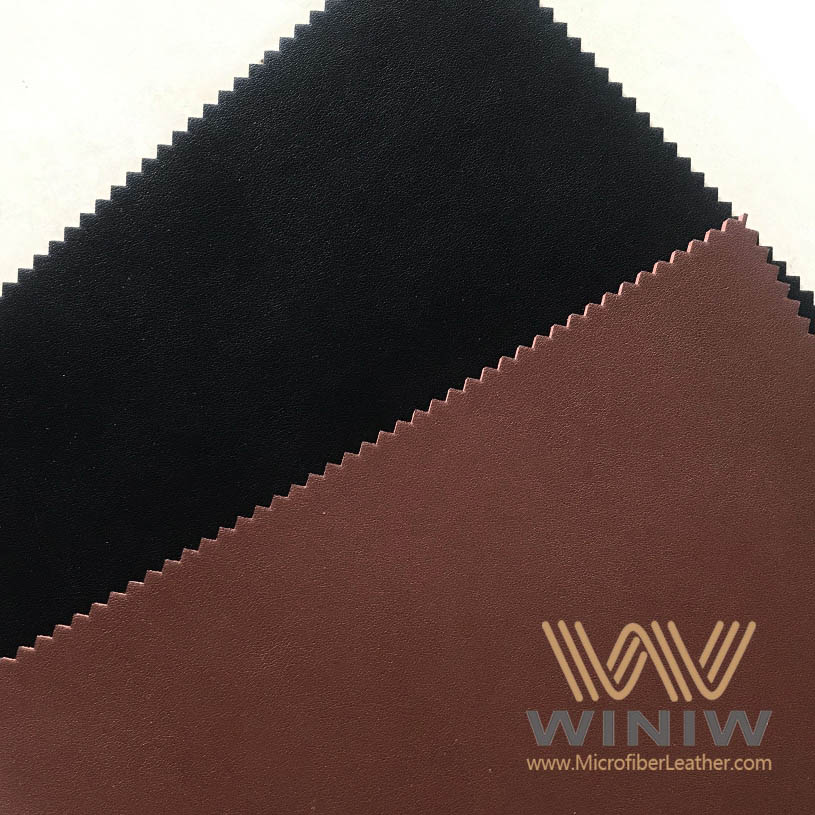
|
Type of Leather |
|
|---|---|
|
High-quality PU leather |
2 to 5 years |
|
Lower-quality PVC leather |
1 to 2 years |
|
Traditional leather |
Decades (with care) |
Vegan belts made from woven cotton or nylon show different results. Nylon belts can survive years of daily use, especially when paired with tactical buckles. However, woven cotton belts tend to fray within months under regular use. Most vegan leather belts require frequent replacement due to visible wear and tear.
Repairing vegan leather belts presents challenges. The synthetic surface does not respond well to traditional repair methods. Cracks, peeling, or deep scratches often mean the belt cannot be restored. Most owners replace vegan belts instead of repairing them. This limitation affects the overall durability face-off between vegan and real leather options.
Leather belts have a reputation for exceptional durability. Real leather, especially full-grain or top-grain, withstands years of daily wear. Many users report that real leather belts last 10 to 15 years or longer. Some belts even become family heirlooms. The natural fibers in real leather allow the material to flex and recover, which helps prevent cracking and splitting.
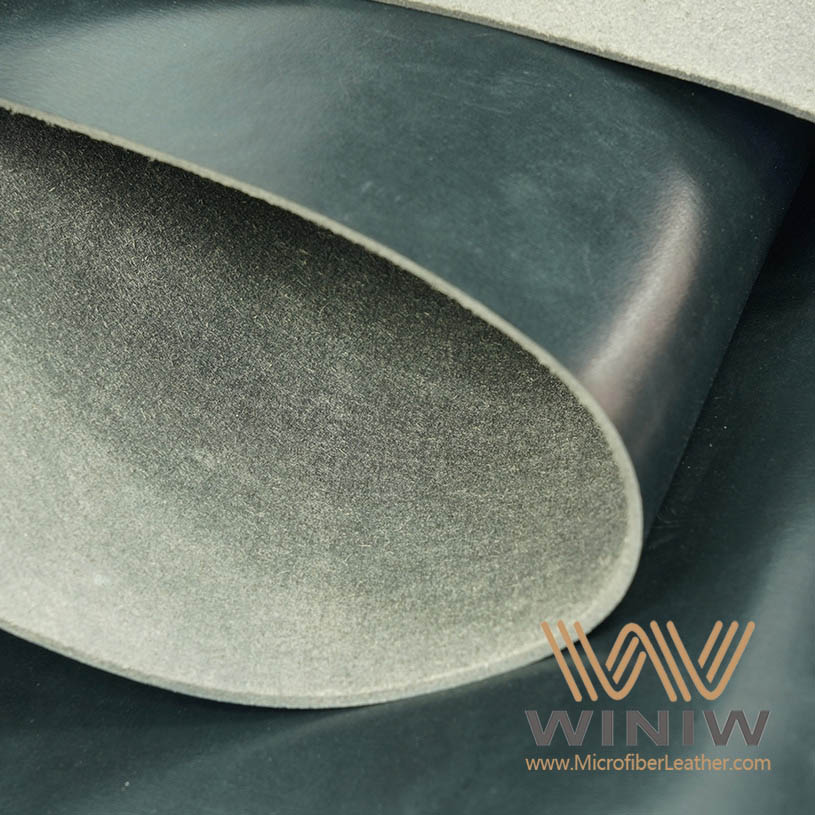
Proper care extends the lifespan of leather belts. Owners should clean real leather with a damp cloth and apply conditioner to keep the material supple. Occasional polishing restores shine and protects the surface. Real leather belts can also be repaired. Cobblers can fix stretched holes, replace buckles, or patch minor damage. This repairability gives real leather a clear advantage in the durability face-off.
The durability face-off between vegan and leather belts highlights several differences:
Vegan leather belts generally have a shorter lifespan than real leather belts.
Vegan belts are harder to repair, often requiring full replacement after damage.
Real leather belts offer superior longevity and can be maintained or repaired to extend their use.
Consumer reviews point out common issues with each type:
|
Belt Type |
Common Causes of Wear and Tear |
|
|---|---|---|
|
Vegan Nylon |
Very durable, can survive years of daily use |
Tactical buckle causes less wear than traditional buckles |
|
Vegan Leather |
Does not stand up to everyday use |
Frequent replacements needed due to wear |
|
Woven Cotton |
Scarcely more durable than leather, frays quickly |
Limited lifespan under regular use |
|
Leather |
Generally known for durability |
Not specified in the reviews |
Note: Buyers who value long-term use and repairability often choose real leather belts. Vegan belts may suit those who prefer lower upfront costs or prioritize animal-free products, but they should expect to replace these belts more often.
Vegan belts offer a wide range of colors and finishes. Manufacturers can dye synthetic materials in almost any shade, from classic black and brown to bold colors like red, blue, or green. Many vegan belts feature matte, glossy, or textured finishes. Some brands use plant-based materials, such as Piñatex from pineapple leaves or MuSkin from mushrooms, to create unique looks. Cork leather belts provide a natural, speckled appearance that stands out in casual outfits. Recycled polyester belts often come in modern patterns and vibrant colors. This variety allows wearers to match their belts with different outfits and occasions.
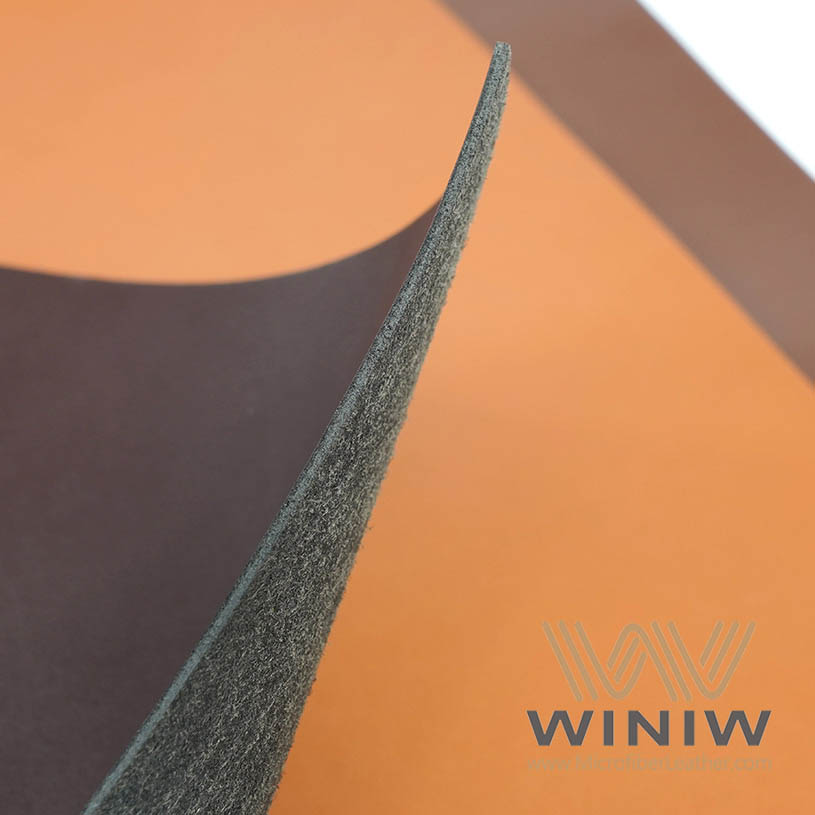
The texture of vegan belts varies depending on the material. PU and PVC belts usually have a smooth, uniform surface. Some mimic the grain of animal leather, while others display a sleek, synthetic feel. Plant-based options, like cork or mushroom leather, offer a softer and more organic texture. Cork belts feel lightweight and elastic, while mushroom leather feels natural and slightly suede-like. These textures give vegan belts a distinct identity in the fashion market.
Tip: Vegan belts made from fruit or vegetable waste, such as Piñatex or MuSkin, combine sustainability with unique textures and finishes.
Leather belts have a reputation for timeless style. Most feature traditional colors like black, brown, or tan. The natural grain of animal leather gives each belt a unique pattern. Over time, real leather develops a patina, which adds character and depth to the appearance. Many people choose leather belts for formal events or professional settings because of their classic look.
Leather belts often include features that set them apart. Some have hand-stitched edges, embossed patterns, or decorative buckles. Others use exotic leathers, such as ostrich or alligator, for a luxury feel. The ability to age gracefully and develop a personalized look makes leather belts a favorite for those who value tradition and craftsmanship.
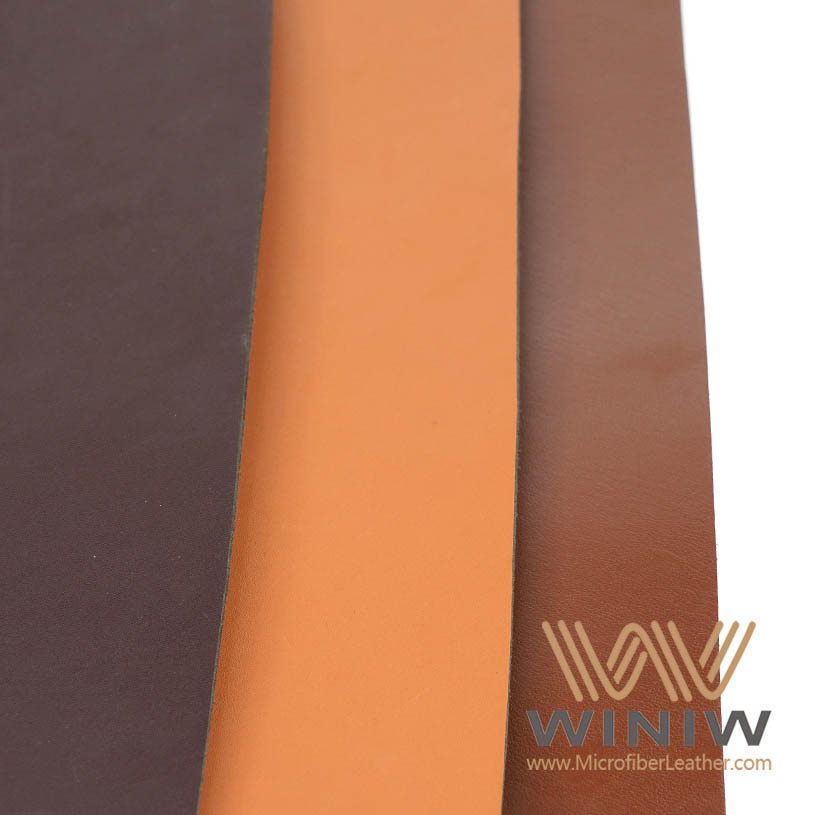
The table below highlights the main style differences between vegan and leather belts:
|
Feature |
Vegan Belts |
Leather Belts |
|---|---|---|
|
Color Range |
Wide (classic to bold) |
Mostly classic (black, brown) |
|
Finish Options |
Matte, glossy, textured, patterned |
Natural, polished, patina |
|
Texture |
Smooth, synthetic, organic (cork, mushroom) |
Natural grain, softens with age |
|
Unique Materials |
Fruit/vegetable waste, cork, recycled polyester |
Animal hides, exotic leathers |
|
Aging |
Minimal change |
Develops patina, unique aging |
Vegan belts stand out for their variety in color, finish, and material. They appeal to those who want modern, eco-friendly, or bold fashion choices. Leather belts remain popular for their classic style, natural texture, and ability to age beautifully.
Vegan leather belts attract many shoppers with their lower upfront price compared to most traditional leather belts. On average, buyers can expect to pay around $6.67 for a standard vegan belt, while a cowhide belt costs about $16.08. This price difference makes vegan belts a popular choice for those who want to save money or try new styles without a big investment.
However, not all vegan leather belts fall into the budget category. Some brands use innovative, bio-based materials, which can increase production costs. These advanced materials often lead to higher prices. As a result, some vegan leather belts cost more than basic real leather options. This higher price point can make certain vegan belts less accessible to shoppers who need to stick to a strict budget.
Note: While many vegan leather belts are affordable, shoppers should check the material and brand before buying. Some eco-friendly or designer vegan belts may cost more than expected.
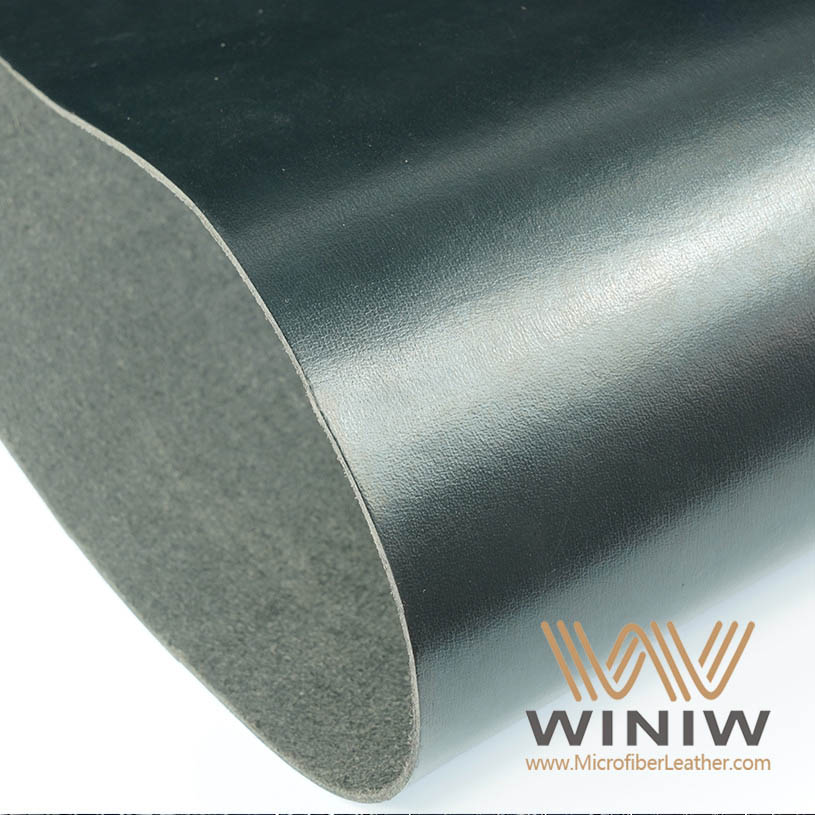
The market for vegan leather belts covers a wide range of prices. Shoppers can find basic belts for under $10, but designer or plant-based options can cost much more. The table below shows the typical price ranges for different types of belts:
|
Belt Type |
Price Range |
|---|---|
|
Vegan Leather |
$20-$60 |
|
Budget “Genuine” |
$30-$60 |
|
Mid-Range |
$80-$150 |
|
Luxury |
$200-$800+ |
Most vegan leather belts fall into the $20 to $60 range. This makes them widely available and budget-friendly for most consumers. Some luxury vegan belts, especially those made from rare plant-based materials, can reach prices similar to high-end real leather belts.
Leather belts come in a variety of price points. Basic real leather belts start at around $16.08, but prices can rise quickly for higher quality or designer brands. Mid-range belts, made from top-grain or full-grain leather, usually cost between $80 and $150. Luxury leather belts, especially those made from exotic hides, can cost $200 or more.
The wide price range reflects differences in leather quality, craftsmanship, and brand reputation. Buyers who want a belt that lasts many years often choose to invest in a higher-priced real leather belt.
Real leather belts offer strong value over time. Many last 10 to 20 years or longer, especially with proper care. The table below compares the average lifespan and value retention of vegan leather belts and traditional leather belts:
|
Type of Belt |
Average Lifespan |
Value Retention |
|---|---|---|
|
Vegan Leather Belts |
2-5 years |
Lower |
|
Traditional Leather Belts |
10-20+ years |
Higher |
The pros of leather belts include their long lifespan and ability to retain value. Many people pass down real leather belts as family heirlooms. The cons of leather belts include the higher upfront cost and the need for regular maintenance. Vegan leather belts, while cheaper at first, often need replacement after a few years, which can add up over time.
Vegan belts generally cost less than real leather belts at the time of purchase. The average price for a vegan leather belt is about $6.67, while a cowhide belt averages $16.08. Vegan belts are widely available and suit shoppers who want a budget-friendly option. However, some vegan leather belts, especially those made from innovative or plant-based materials, can cost as much as or more than basic real leather belts.
Real leather belts require a higher initial investment, but they last much longer and hold their value better. The pros of leather belts include durability and long-term savings. The cons of leather belts are the higher price and the need for care. Shoppers should consider both the upfront cost and the expected lifespan when choosing between vegan leather belts and traditional leather belts.
Tip: Buyers who want a belt for occasional use or changing styles may prefer vegan belts. Those who want a long-lasting accessory may find real leather belts a better value in the long run.
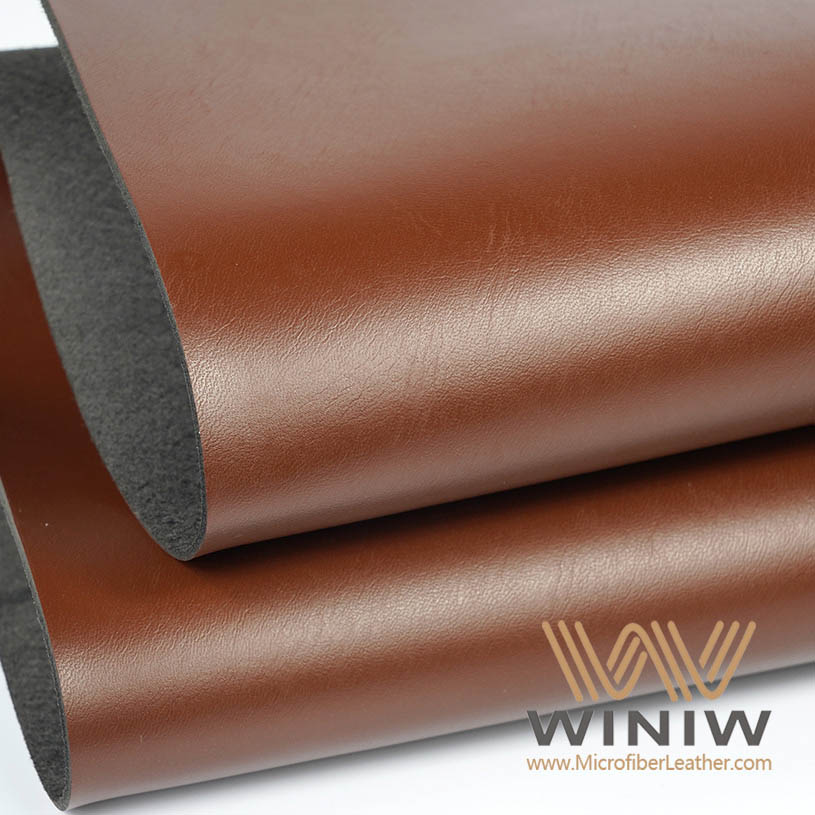
Vegan leather belts offer a cruelty-free alternative for those who want to avoid products linked to animal deaths. These belts do not use animal hides or byproducts. Many consumers choose vegan belts because they want to support ethical fashion that does not harm animals. The absence of animal exploitation makes vegan leather belts a popular choice among people who value animal welfare and want to reduce their impact on living creatures.
Vegan belts align with the principles of ethical fashion for vegetarians and vegans. These belts do not contain animal-derived materials, making them suitable for anyone following a plant-based lifestyle. Many fairtrade brands now produce vegan leather belts, ensuring that ethical considerations extend to both animal rights and fair labor practices. This approach appeals to shoppers who want their purchases to reflect their values and beliefs.
Leather belts raise important questions about animal welfare. The leather industry is responsible for the slaughter of approximately 2.29 billion animals each year. Commonly farmed animals for leather include cattle, buffalo, sheep, goats, pigs, and reptiles. These animals often face significant welfare issues, as the production process can deny them natural behaviors and proper living conditions. Many people consider these facts when weighing the pros and cons of buying leather belts.
Industry practices in leather production have a major impact on both ethics and the environment. The tanning process generates over 4 million tonnes of solid waste annually, contributing to pollution. Many tanneries operate in countries with minimal environmental protections, leading to toxic waste being dumped into local water sources. This pollution affects both human health and wildlife. The resource-heavy nature of leather production, combined with the use of toxic chemicals, raises further ethical considerations for consumers.
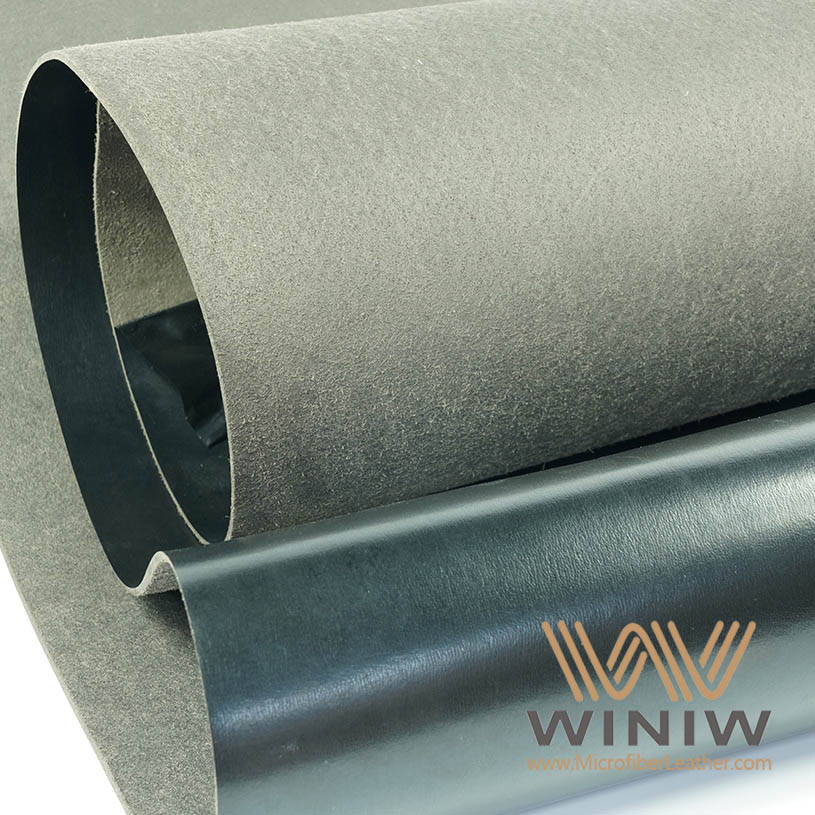
A direct comparison highlights the ethical standpoint of each belt type:
|
Aspect |
Vegan Leather Belts |
Leather Belts |
|---|---|---|
|
Animal Impact |
No animal deaths |
High animal welfare concerns |
|
Environmental Impact |
Synthetic materials, lower resource use |
Resource-heavy, toxic waste |
|
Ethical Fashion |
Strong alignment |
Often questioned |
Vegan leather belts are widely seen as more ethical, especially for those who prioritize cruelty-free alternatives and ethical fashion. Traditional leather belts, while valued for durability, present serious ethical considerations due to animal welfare issues and polluting industry practices. Consumers who care about ethics often choose vegan belts to support a more ethical fashion industry.
Note: Ethical considerations play a key role in the decision between vegan and leather belts. Buyers should weigh the pros and cons from an ethical standpoint and consider how their choices reflect their values.
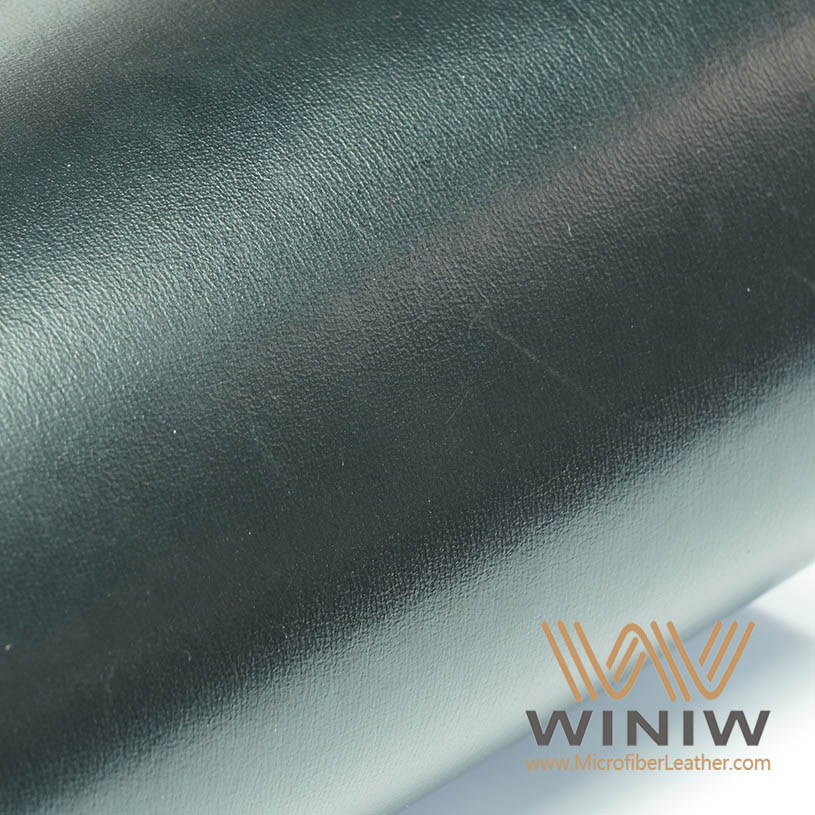
Vegan leather belts often rely on plastic-based materials such as polyurethane (PU) and polyvinyl chloride (PVC). These plastics come from fossil fuels, which raises concerns about their environmental longevity. Synthetic production impact includes the release of microplastics during manufacturing and use. Microplastics can enter waterways and harm aquatic life. Over 14 million tons of microplastic have settled on the ocean floor, and this number grows each year. Vegan leather belts do not biodegrade, so they persist in the environment for many years. While they avoid the carbon emissions from cattle farming, their plastic content creates new environmental challenges.
|
Aspect |
Vegan Leather (Plastics) |
Animal Leather (Animal-Based) |
|---|---|---|
|
Production Materials |
Made from PU and PVC, fossil fuel-derived plastics |
Derived from animal skins, a coproduct of meat industry |
|
Environmental Impact |
Contributes to microplastic pollution and carbon footprint |
Resource-intensive, high water usage, land consumption, and chemical pollution |
|
Biodegradability |
Not biodegradable, made from synthetic materials |
Chemical treatment prevents effective biodegradation |
|
Pollution |
Toxic waste from tanning processes contaminates water sources |
Sustainability remains a complex issue for vegan leather belts. On one hand, they use less water and land than traditional leather. The carbon footprint of artificial leather is about 15.8kg of CO2e per square meter, much lower than the 110.0kg of CO2e for cow skin leather. However, the use of fossil fuel-derived plastics means vegan leather belts are not fully eco-friendly. They do not break down naturally, and their production still emits greenhouse gases. Some brands now use plant-based materials to improve sustainability, but most vegan leather belts on the market still rely on plastics. The search for truly sustainable and eco-friendly alternatives continues.
Traditional leather belts require significant natural resources. Producing one cow skin leather tote uses about 17,128 liters of water. Leather production also needs large amounts of land for cattle farming. The process contributes to deforestation and increases greenhouse gas emissions. Most leather is tanned with harmful chemicals, which adds to the environmental impact. The resource-heavy nature of leather production makes it less sustainable compared to synthetic options.
Leather production generates solid waste, including excess leather and cow skin. The tanning process, especially chrome tanning, produces hazardous waste and emissions. Experts suggest that discarding cowhide might be less harmful than processing it. Runoff from feedlots and dairy farms pollutes water sources, causing problems like eutrophication. Chrome tanning uses toxic chromium salts, which can contaminate local water supplies and harm both people and wildlife. These factors reduce the eco-friendly appeal of traditional leather belts.
Vegan leather belts have a lower carbon footprint and use less water and land than traditional leather belts.
Synthetic production impact includes microplastic pollution and non-biodegradability, which affect environmental longevity.
Traditional leather belts require more resources and create more hazardous waste, especially during tanning.
Neither option is fully eco-friendly, but plant-based vegan leather belts offer hope for improved sustainability in the future.
Note: Consumers should consider both the environmental impact and sustainability of their belt choices. No belt is perfect, but understanding these issues helps buyers make informed, eco-friendly decisions.
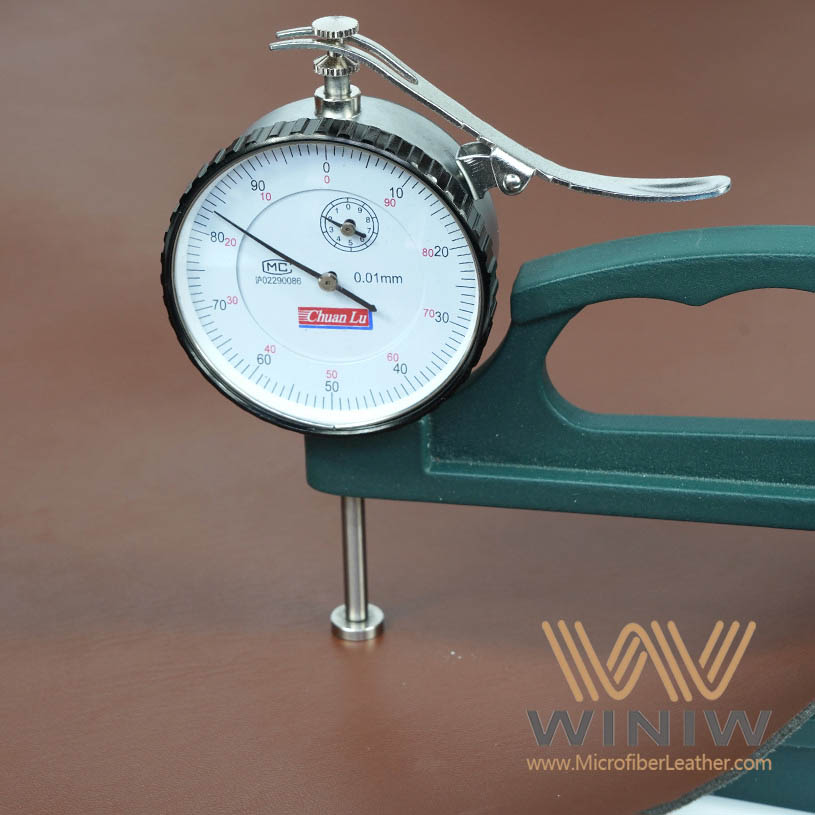
Selecting a belt that matches daily activities and wardrobe needs requires careful consideration. People who want versatility often choose vegan belts. These belts work well for both casual and formal occasions. Designers use innovative materials like cork and Piñatex to create belts that combine style and durability. Many vegan leather belts feature adjustable designs, allowing users to customize the fit for comfort. Cork belts provide a soft and flexible feel, making them suitable for long periods of wear. Individuals who seek cruelty-free fashion and want to reduce their environmental impact find vegan belts a practical choice.
When deciding how to choose the right belt material, consumers should evaluate their routines. Those who need a belt for everyday use may prefer options that resist wear and offer easy maintenance. Vegan belts made from plant-based or recycled materials support sustainability and animal welfare. People who attend formal events or value classic style might lean toward traditional leather belts, which develop a unique patina over time.
Tip: Consider the occasions and outfits that require a belt. Versatile materials like cork and Piñatex suit many styles and activities.
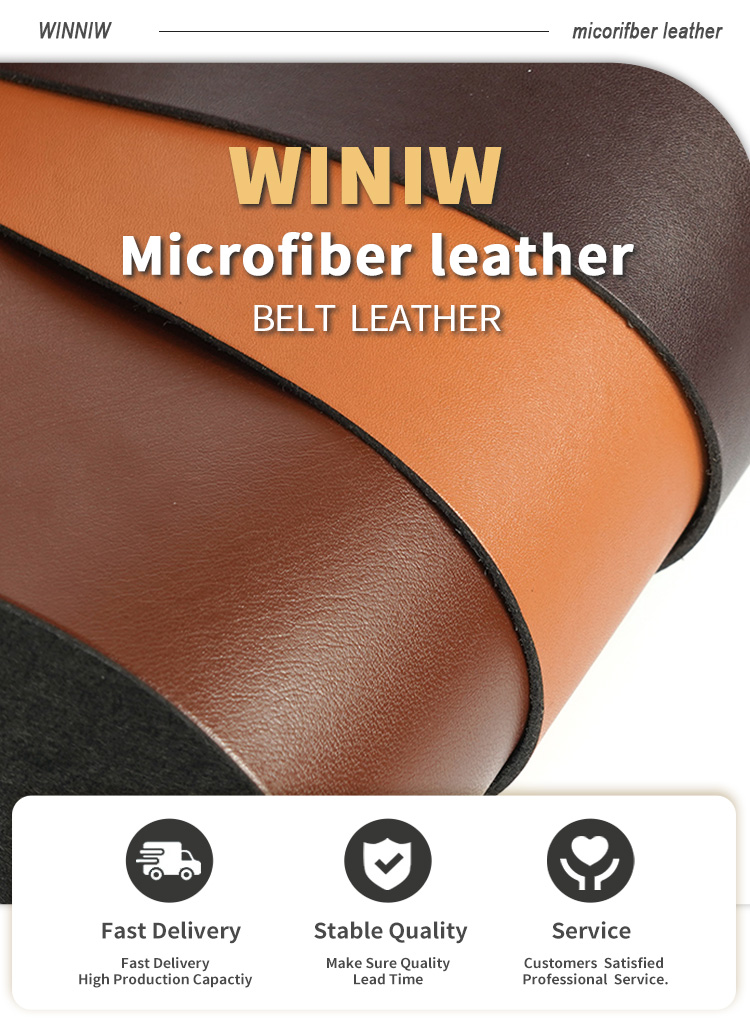
Personal beliefs play a major role in how to choose the right belt material. Vegan leather belts appeal to those who prioritize animal welfare and ethical fashion. These belts do not use animal products, supporting cruelty-free choices. Many brands focus on sustainability by using plant-based or recycled materials. This approach helps reduce the environmental impact of fashion.
Traditional leather belts offer durability and a classic look but involve animal products and resource-heavy production. People who value long-lasting accessories may choose leather, while those who want to minimize harm to animals and the planet often select vegan belts. The decision reflects individual priorities, such as environmental responsibility, style preferences, and ethical concerns.
|
Value Priority |
Recommended Belt Type |
|---|---|
|
Animal Welfare |
|
|
Sustainability |
Plant-based vegan belts |
|
Classic Style |
Traditional leather belts |
|
Versatility |
Cork or Piñatex belts |
Proper care extends the lifespan of any belt. Vegan leather belts require regular attention to maintain their appearance and durability. Owners should wipe away dust and stains with a soft cloth or brush. Overloading the belt can cause deformation, so it is best to avoid carrying heavy items. Sharp surfaces may scratch the material, so caution is necessary. If the belt gets wet, drying it thoroughly without direct heat or sunlight prevents damage. Hanging belts during storage helps maintain their shape.
A simple care routine helps both vegan and traditional leather belts last longer. People who follow these steps enjoy accessories that stay stylish and functional for years.
Wipe dust and stains with a soft cloth.
Avoid overloading to keep the original shape.
Protect from sharp surfaces to prevent scratches.
Dry thoroughly if wet, avoiding direct heat.
Hang belts for storage to prevent deformation.
Note: Consistent care makes a significant difference in belt longevity. Following these tips ensures that vegan leather belts remain comfortable and attractive.
Vegan belts and leather belts differ in material, durability, and ethical impact. Vegan options suit those who value animal welfare and lower costs. Leather belts offer classic style and long-lasting wear. Each type fits different needs and budgets. Shoppers should weigh durability, style, cost, ethics, and sustainability. Choosing the right belt helps match personal values and daily routines.

Scan to wechat:
